Campaigners push to take Scotland Sitka forest proposals to court amid clash over environment impact
A 700-hectare conifer forest being planted around a countryside walkway named after one of Scotland’s most celebrated writers could be challenged in court as fundraising for a judicial review is underway.
The plantation, which will predominantly be non-native Sitka spruce, is already being put in the ground at Stobo Hope, near Peebles. The chosen site runs either side of the John Buchan Way, a 13-mile walk named after the author of the 39 Steps.
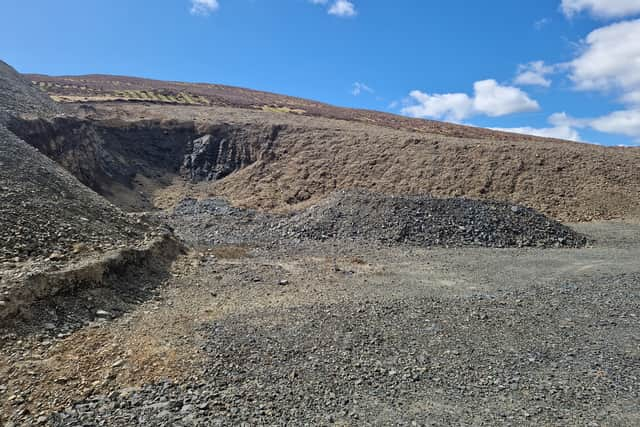

Despite NatureScot concluding the plantation would have “significant and adverse effects” on what is a National Scenic Area, Scottish Forestry gave the development the green light.
The Scottish Government agency, responsible for managing Scotland’s land and national forests, awarded the contract to the Forestry Carbon Sequestration Fund, managed by the Guernsey-based investment company True North.
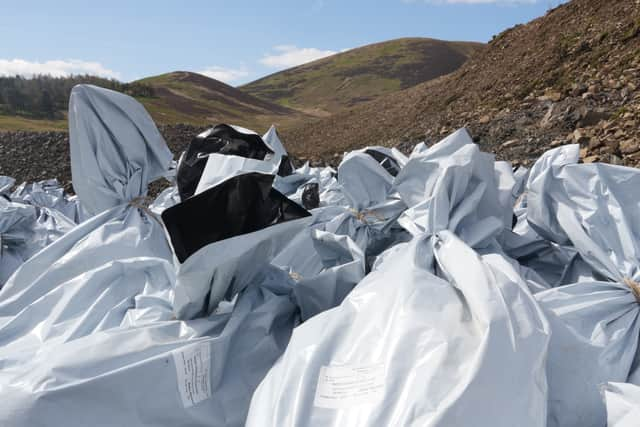

The scheme is said to be in support of tacking climate change, and has been given £2 million in taxpayers’ money. The Stobo Residents Action Group (SRAG) has since formed to mount a challenge in Edinburgh’s Court of Session to the conifer plantation.
David Lintott, a spokesperson for the group, said they believed Scottish Forestry had fallen foul of the law for failing to carry out an environment impact assessment (EIA) before planting, which had been advised by NatureScot.
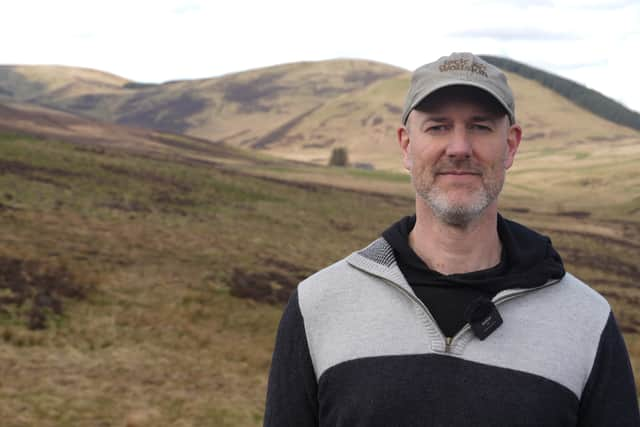

Speaking to The Scotsman as part of Hay’s Way, Mr Lintott said: “This is seven square kilometres of predominantly Sitka that is nestled in between two other schemes through this landscape, which will mean there will be a cumulative impact of ten square kilometres of predominantly spruce on this area.
“We are trying to challenge Scottish Forestry’s decision because we’ve been advised there ought to have been an EIA.
“One of the reasons we think that is we’ve seen the correspondence from NatureScot, which is the body in charge of protecting our beautiful scenic environments, and they have said there will be significant, adverse impacts on the special landscape qualities of this area should it go ahead.”
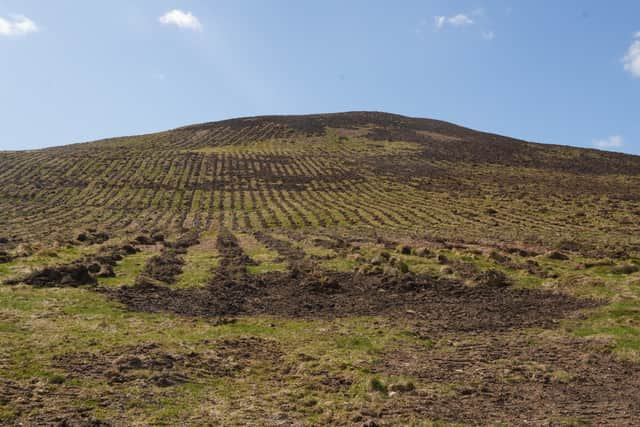

In documents obtained by SRAG, seen by The Scotsman, there is internal disagreement over the project between the two Government bodies, with NatureScot encouraging local action against the development, and comments on its advice being ignored by Scottish Forestry. The documents confirm NatureScot can no longer object to forestry proposals.
Mr Lintott also shared correspondence that showed the landscape consultant employed by Scottish Forestry claiming that the scheme, as currently crafted, would have a similar impact.
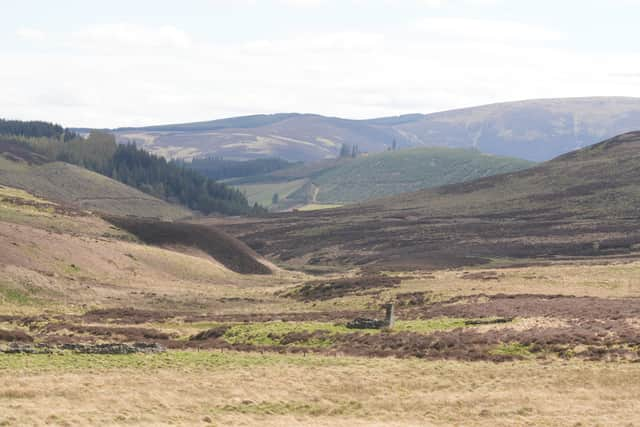

SRAG has lodged a petition to get the legal process started, and has raised about £12,000 of the £35,000 needed to cover legal costs should the court hearing go ahead. A single donation of £4,500 was submitted anonymously to the group’s crowdfunder.
Mr Lintott said: “We have to hold these decision makers to account on this. If we can’t protect these areas, which are special areas for landscape qualities, what can we protect?
“We know you need different land uses for different areas, and in some areas blanket spruce forestation might be appropriate. But here with the John Buchan Way, golden eagles, black grouse, it’s not the right place for doing this scheme. At the very least there should be a proper assessment of the impacts, which is what NatureScot want, and that’s why we are taking the challenge.”
An RSPB comment on the scheme said the proposals “fell short” of mitigating any impacts of afforestation to a nearby lek - a mating ground - for black grouse.
The charity said although some of its advice had been incorporated into the proposals, “we would not agree that the concerns we raised in relation to the impact to Black Grouse had been resolved.”
The comment added: “Based on the scale of this application we would anticipate population to unfortunately decline over time at this site. However, and as stated above, we do acknowledge the changes made in design is likely to slow this decline and will provide new habitat through native tree species in support of foraging and nesting birds.”
Figures show Black Grouse are continuing to decline locally and regionally, with less than 100 lekking males recorded in the Scottish Borders over the past year.
On the forestry plans, a spokesperson for NatureScot said: “We provided advice to Scottish Forestry on the woodland creation proposal near Stobo in 2023.
“Our role was to advise on the potential impacts of the proposal on the Upper Tweeddale National Scenic Area (NSA). “We concluded that the proposal would have significant and adverse effects on the special qualities of the Upper Tweeddale NSA and advised that further mitigation could be investigated.”
A spokesperson for Scottish Forestry said: “We are aware that judicial review proceedings have been raised in respect of the woodland creation scheme at the Stobo Estate. It would not be appropriate to comment on ongoing litigation.”
The Scotsman understands Scottish Forestry is due to put in its response to SRAG’s petition, then the court will decide on whether to proceed.
SRAG’s crowdfunder can be found here.
Earlier this year, the Royal Society of Edinburgh released a report that concluded taxpayers’ money going towards conifer forestry schemes should be scrapped, and money should be spent on longer-living native forests which have clearer climate and biodiversity benefits.
The report found that in Scotland, ministers have subsidised forestry by more than £390m over the last decade, with roughly 80 per cent of that spent on commercial conifer plantations, as well as extra subsidies for haulage.
RSE, Scotland’s national academy, said significant changes in government strategy were urgently needed at a time when public money was being cut, including on nature recovery.
The John Buchan Way was created 21 years ago in honour of John Buchan, who was born in Perth in 1875. He had extensive connections to the area and his brother, Walter, served as town clerk in Peebles.
Comments
Want to join the conversation? Please or to comment on this article.
